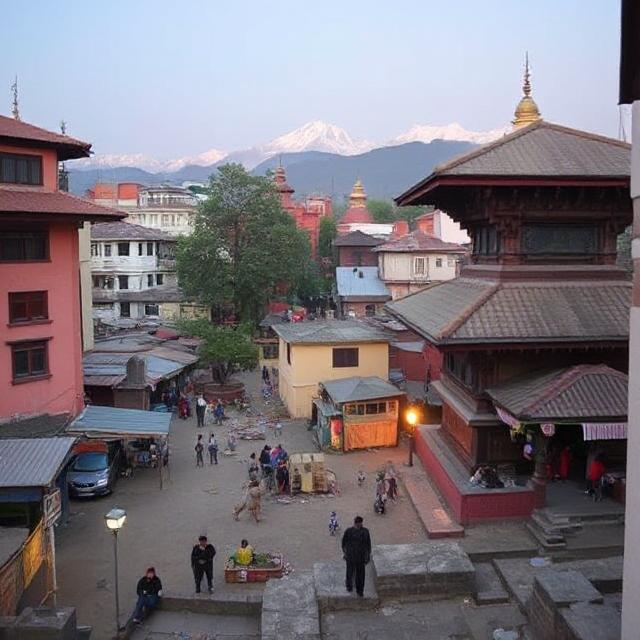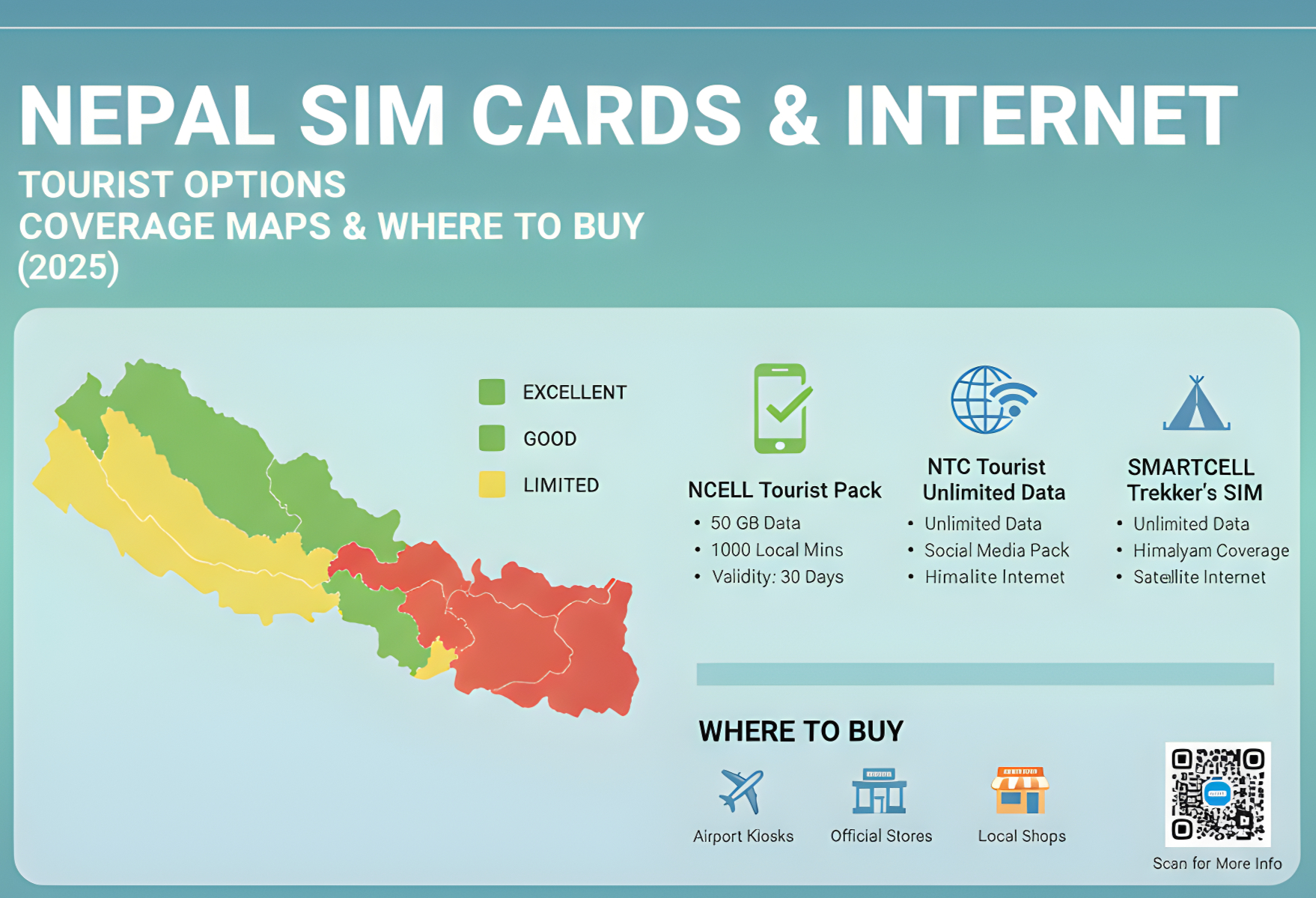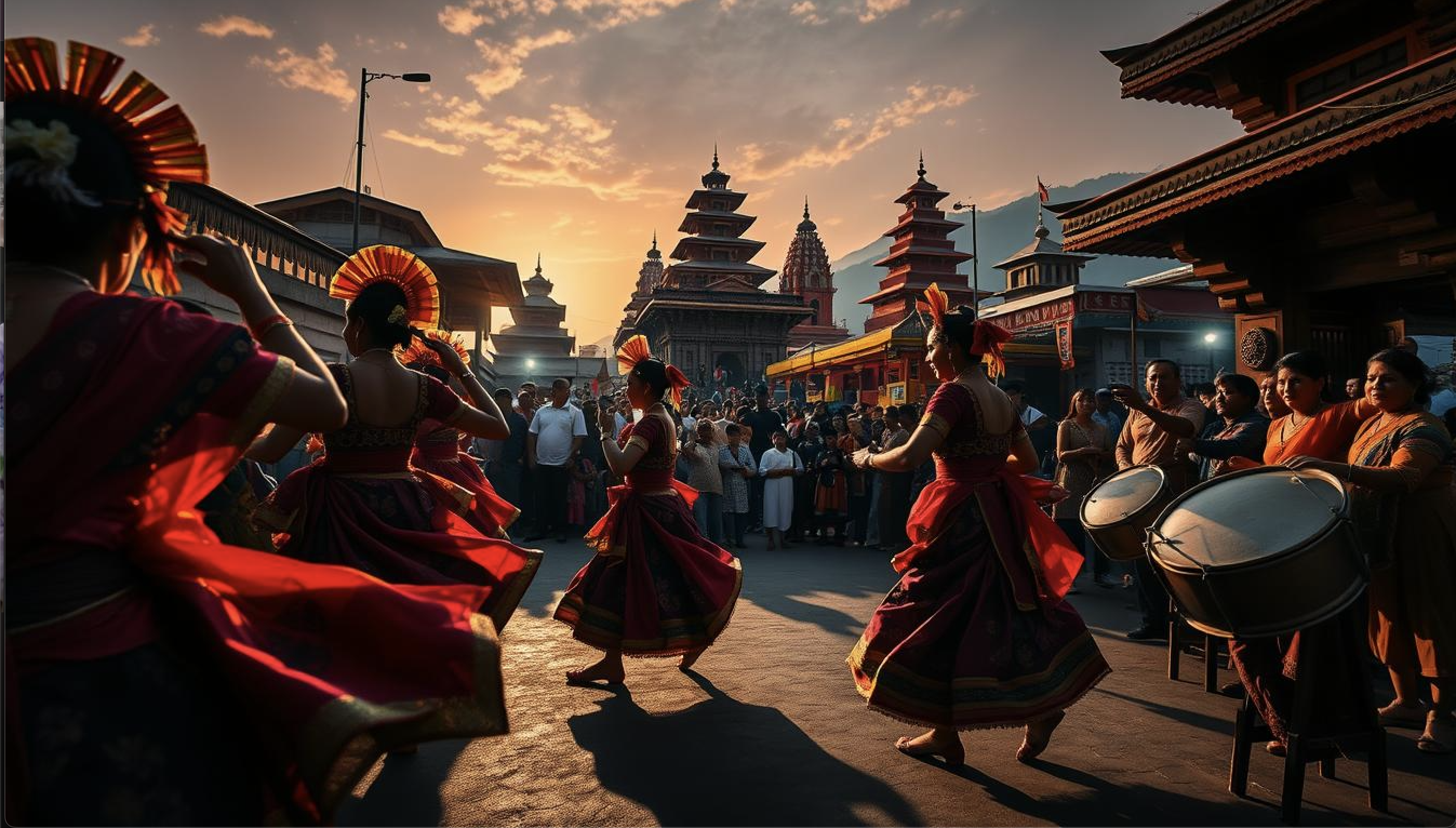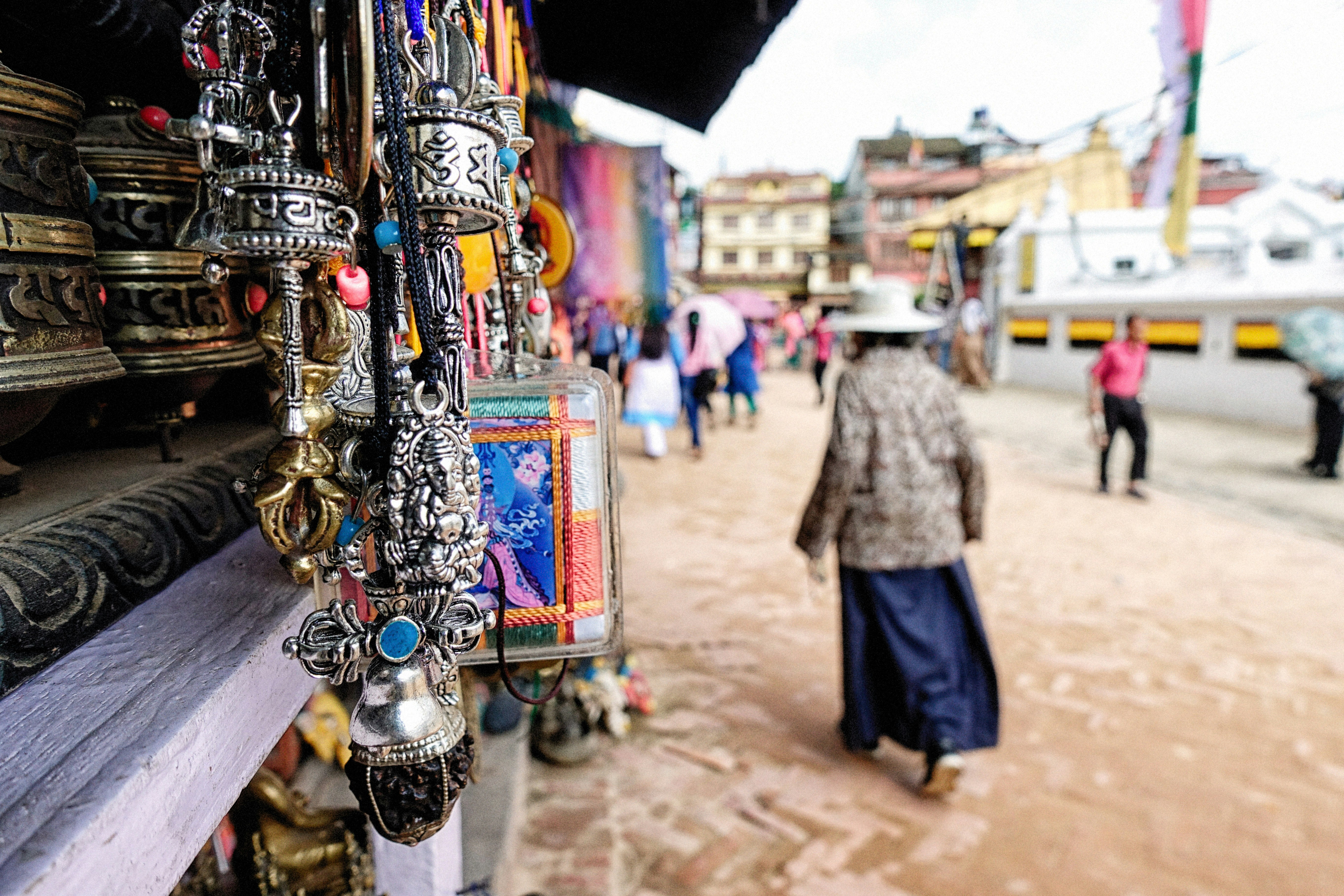Mustang: A Sanctuary of Peace, Culture, and Community in Nepal

Mahendrabalalport
Travel Writer & Local Expert
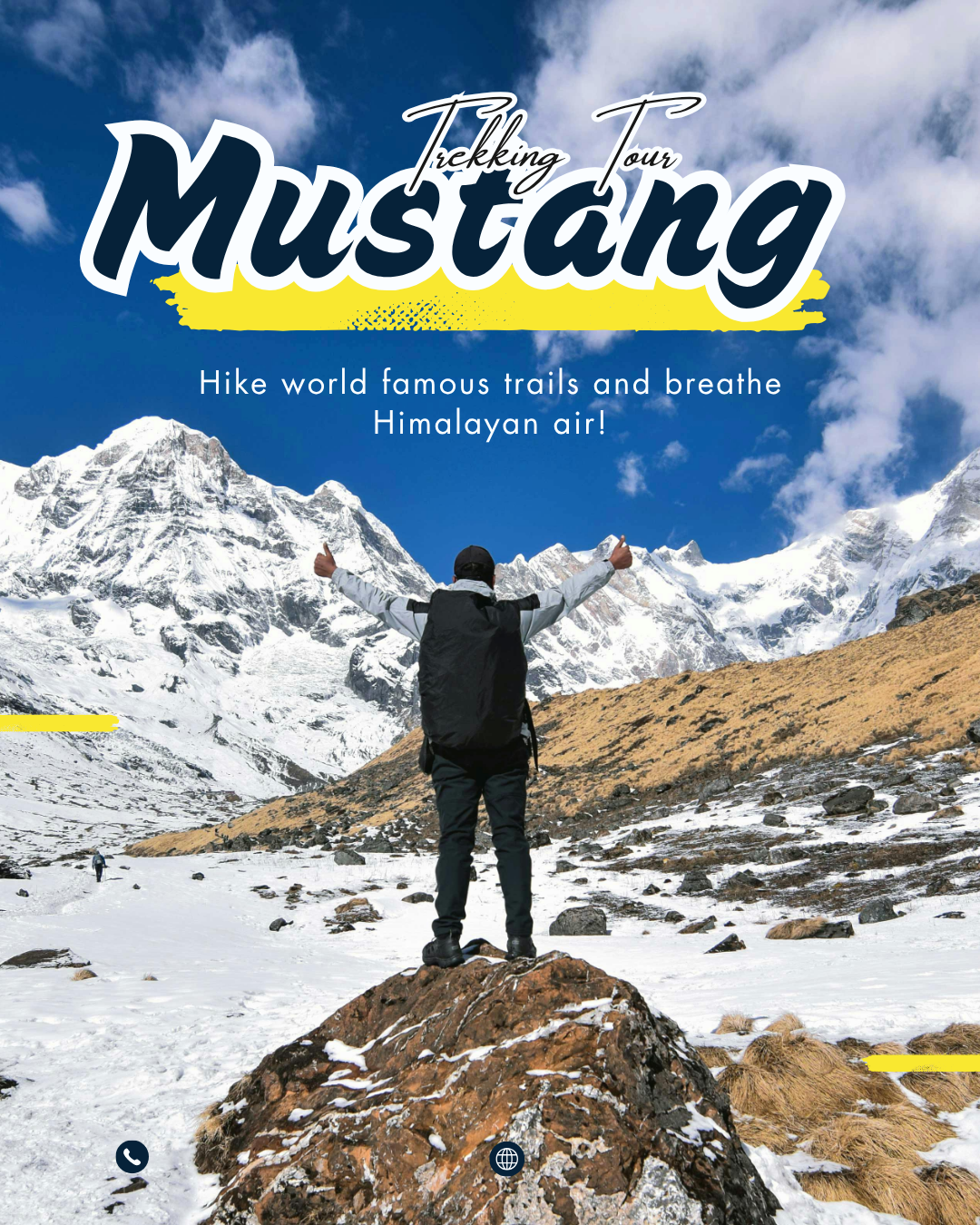
Nepal offers a diverse range of places to live, each with different qualities which cater to different lifestyles. Among them, Mustang is especially suitable for individuals who need peace, spiritual living, and close-knit community secluded from the mayhem of urban metropolitans. The high-altitude mountain setting and tranquil environment there provide a marked contrast to the fog and pollution of southern cities and surrounding areas in India.
Mustang's combination of serene topography, welcoming community, and spiritual environment makes it one of the most livable places in Nepal for emotional and mental rejuvenation. The location of the place offers a natural sanctuary that heals the mind and soul, with a strong appeal particularly for those who wish to escape crowded, polluted environments.
For tourists or dwellers who appreciate tranquility and belongingness, Mustang offers an offbeat refuge. The serene mountains and welcoming people of the area offer an environment in which one can gain spiritual and psychological refreshment, and it is therefore a superior option from the mayhem of urban existence.
Overview Of Mustang As Nepal's Most Livable Place
Mustang is a unique region in Nepal, valued for its own unique landscape and past. It lies in the rain shadow of the Himalayas, offering a dry, serene environment that is very different from foggy and polluted southern cities. The area's topography and surroundings provide natural peace and tranquility. Surrounded by high mountains and hills, Mustang is a spiritual and emotional sanctuary that attracts those seeking refuge from populous and polluted places. Society in Mustang is known to be welcoming and well-fed with cultural ties. It provides a close-knit way of living where inhabitants and visitors feel at ease and become part of the common heritage.
The quality of life in Mustang encompasses the following significant features:
· Low pollution due to its high altitude and dry climate
· Rich cultural heritage with Tibetan and Nepalese traditions
· Spiritual atmosphere helped by sacred mountains and ancient monasteries
· Leisurely atmosphere with minimal city noise and stress
This combination of nature's splendor, cultural richness, and community warmth draws Mustang as a refuge for individuals from South Nepal and South India's city life. It's a place to revitalize on both the mental and spiritual planes.
Community Engagement
Extreme community engagement in Nepal fosters social cohesion and shared responsibility. Vibrant local groups, cultural events, and accessible public spaces in neighborhoods make the inhabitants feel they belong to a caring community. Engagement usually manifests in the form of block parties, religious festivities, and communal decision-making. Affection and the opportunity for engagement promote emotional well-being. In neighborhoods like Mustang, this neighborhood support is particularly important, increasing residents' sense of safety and community. Cities also flourish when civic participation guarantees shared growth and issue-solving. The organization of venues for dialogue and volunteering promotes resilience and mutual support. Social cohesion like this is crucial in times of need, like natural disasters or public health emergencies.
Natural Environment
The quality of the natural environment plays a strong role in livability in Nepal. Clean air, green spaces, and access to mountains or rivers enhance physical and mental health. Nepal's geography diversity means that areas such as Mustang and hill areas receive purer air and fewer pollutants than Kathmandu Valley, the urban area. These natural environments provide a respite from the traffic and smog in overcrowded places.
Climate also plays a part, with moderate temperatures and seasonal changes affecting lifestyle and comfort. Retaining natural habitats is necessary in order to continue enjoying these benefits, along with sustainable city planning to prevent environmental degradation.
Safety And Security
Security is an elementary concern when quantifying livability. Nepalese spots with minimal crime and effective law enforcement offer enhanced peace of mind. Infrastructure that can contain emergency services, public lighting, and traffic control directly enhances the security of residents. Safe roads and pedestrian areas reduce accidents, whereas open policing encourages confidence in society. Political stability and social cohesion also affect residents' security. Situations that manage conflict and social tension effectively supply a secure life setting, allowing long-term settlement and investment.
Mustang's Community Warmth And Culture
The people in Mustang live by traditional Tibetan customs, most of which are linked to Buddhism and the history of Lo Kingdom. The local lore is commemorated during festivals such as Tiji by masked dances and rituals that revive the ties in society. Family life is shaped by communal labor and learning traditional skills like weaving and rock cutting. Clans and families take care of each other, often living in extended family dwellings. Socializing in village centers and monasteries tends to occur, which promotes cooperation. Such compact organization sustains culture and provides security in an isolated, high-altitude environment.
Welcoming Attitude Towards Visitors
Visitors are greeted in Mustang with open arms and more than polite hospitality. The residents here also enjoy cultural exchange and extend hospitality to tourists as guests who help maintain their ways. Home stays and guided tours give a true glimpse of Mustangian life. Hospitality involves sharing traditional food and inviting guests to participate in festivals. The hospitality helps sustain the culture while introducing the guests to the spiritual and emotional comfort of the people. This openness is one of the most crucial elements in the appeal of Mustang as a peaceful sanctuary.
Topography And Natural Environment In Mustang
Mustang lies in the rain shadow of the Himalayas and therefore receives much less precipitation than the rest of Nepal. The district varies from low valleys at an elevation of around 1,372 meters to the high mountains like Dhaulagiri, which is 8,167 meters tall. The area is characterized by rugged terrain consisting of deep gorges, steep rock, and barrens. Its relief varies extremely from low green valleys to dry Tibetan-like plateaus. Lo Manthang, the Mustang walled town, is situated amidst these dramatic geologic features, offering landscapes of snow-capped peaks like Annapurna I. This juxtaposition of high mountains and dry plateaus creates a visually impressive landscape unlike any other Himalayan region.
Clean Air And Climate
Mustang's leeward position behind the Annapurna and Dhaulagiri massifs results in a semi-arid climate with extremely low humidity and no air pollution. The dry air is free of the smog and haze that are characteristic of Nepal's southern urban areas. Mustang temperatures vary widely from day to night but have relatively clear skies in the region. The purity of the atmosphere is ideal for trekking, touring, and appreciating nature without the interruptions of urban areas. The climate accommodates a unique ecosystem engineered to survive in aridity, which highlights the stark air quality difference with more developed and contaminated regions to the south.
Spiritual Significance Of Mustang
Mustang has numerous ancient monasteries and temples, especially in Lo Manthang and surrounding villages. They are typical examples of traditional Tibetan Buddhist structures and are centers for religious teaching and practice. The Muktinath Temple is among the most significant places Hindus and Buddhists both consider sacred. It is an example of spiritual harmony and pilgrims make their way there from everywhere in Nepal and elsewhere. The temple's sacred springs and natural surroundings help create its sacred energy. The other monasteries, like those of Lo Manthang, preserve age-old faith art and traditions. Such places preserve Mustang's cultural heritage and provide space for faith practice and congregations.
Chances For Inner Peace
The remote position of the area and tranquil landscape render it an ideal destination for meditation and spiritual retreats. The high mountains offer a calm environment, free from city noise and pollution. Villages like Lubra retain old religious traditions, including rituals and reflective silence, so tourists can experience true Himalayan spirituality. Trekkers and pilgrims typically find Mustang as a life-altering place to relax both emotionally and spiritually, relishing the serene harmony of natural landscapes and sacred culture.
Flight From Southern Urban Hubs
Most southern urban centers in Nepal and the surrounding regions suffer from thick pollution and high population. The majority of these conditions usually cause stress, respiratory problems, and general declines in the quality of life. Mustang's location in the high mountains is an area of fresh air and wide open spaces. There are fewer automobiles and less industrialization, and therefore there is less pollution. Those traveling and living there have cleaner skies and less noise on the streets. This flight is a relief from constant noise and crowding. People find comfort in peaceful surroundings and slower pace of life, which supports better mental health and well-being.
Comparison With Polluted Regions
Dirty southern destinations are plagued with issues like smog, traffic congestion, and overcrowded residential areas. The polluted air brings increased risks of asthma and other related health issues. Mustang is the reverse, with its fresh mountain air and open space. The location of the site and smaller scale reduce crowd pressure and urban chaos. This contrast is used to further identify Mustang as a haven for those requiring relief from southern urban environmental stress. Its community-oriented environment and natural landscape offer a physical haven from the destructive nature of southern urban existence.
Accessibility And Connectivity
Mustang is accessed primarily by air, and Jomsom Airport is the main point of entry. There are regular flights to Mustang from Pokhara and Kathmandu, though weather usually causes delays at times. The fact that the airport is close to Mustang's central settlements makes flying the most accessible option. Road access is via mountain roads that connect Mustang to neighboring districts. Seasonal and narrow roads discourage year-round use by cars. Trekking trails also offer vital footpaths, used by locals and visitors.
Integration With The Rest Of Nepal
Mustang's link with the Nepalese general economy and society is through air access and seasonal roads. Inputs and outputs enter the region mostly by road and supplement local markets and households. It supports spiritual tourism, which is vital to Mustang's economy. Telecom and internet provision has been improved but remains behind urban Nepal. The area has cultural and economic ties with central Nepal in spite of some lingering physical constraints, maintaining its place in the national system.
Quality Of Life For Residents
Healthcare access differs significantly across the country. Urban areas such as Kathmandu and Pokhara have hospitals with advanced medical technology, including specialty care. Rural regions such as Mustang have limited healthcare facilities, and access to advanced treatment is increasingly rare. Public healthcare is provided but might be understaffed and under-equipped. Private clinics are usually sought by most inhabitants for improved care, though they might be costly. Healthy activities such as meditation and yoga are prevalent in spiritual areas such as Mustang, and they ensure mental well-being though there are few medical facilities.
In towns, individuals have easier access to health shops, emergency services, and regular checks for health. Preventive care and education are slowly gaining ground but are not yet prevalent elsewhere except in large towns.
Education And Learning
The standard and availability of education differ sharply between the city and countryside. Kathmandu boasts numerous schools and centers of higher education with international courses that attract students from across the nation. In Mustang and other countryside areas, schools are often plagued by issues such as fewer qualified staff and a lack of facilities. Government literacy and enrollment schemes work towards raising these aspects but at a very slow pace. Private and local schools fill gaps, especially in regions. Technology and the internet widen learning in urban regions. Education infrastructure is largely uneven overall, with negative impacts on long-term development for most citizens.
Outdoor Activities
Mustang terrain ranges from arid desert plateaus to Himalayan mountain ranges and has plenty of outdoor pursuits. The primary pursuit is trekking, and trails such as the Upper Mustang trek include cliffs, caves, and remote villages. Other outdoor pursuits include mountain biking on well-mapped routes and visiting natural sites such as the Kali Gandaki Gorge. Nature lovers and adventurers are attracted to the high elevation and diverse terrain of the area. Tourists also get to do birdwatching or horseback riding in the surroundings, admiring the area's unique atmosphere. Climate and terrain enable activity all year round, although the spring and fall seasons are best suited for trekking.
Cultural Encounters
Mustang has intense Tibetan Buddhist influence, as seen through its many monasteries, caves, and old walled towns such as Lo Manthang. These venues give perspectives on medieval architecture and religion. The region hosts festivals like the Tiji Festival, which commemorates local myths and attracts locals and travelers. The tourists can observe traditional rituals, dance, and local paintings. Exploring museums, royal palaces, and interacting with individuals from Mustang provides an overall cultural experience. The preservation of language, tradition, and religion makes Mustang culturally distinctive within Nepal.
Comparisons With Other famous Places of nepal
Kathmandu is the capital city and biggest city in Nepal, with markets and economic opportunities. It is favourite among professionals, especially doctors, professors, and businesspeople. However, it is beset with traffic congestion, air pollution, and the fast pace of life. Pokhara is also relaxed and tranquil in nature as compared to Kathmandu. It is not polluted and densely populated and thus a popular choice among those who want peace. Scenic landscapes surrounding Pokhara make it more favorable to inhabit. Tansen in Palpa is described as an easy town to live in. It does not normally lack water or any other serious urban issues. The place is prized for its serene environment and matching populace. Mustang stands alone with its spiritual and emotional appeal. Its remote location and high mountain location offer a unique kind of respite from urban stress. Mustang's community warmth is special, especially when compared to the more frantic sites.
Planning Your Visit Or Relocation To Mustang
Visitors to Mustang are required to obtain a special permit, as the area is off-limits because it is an area of cultural and historical importance. Special permits can be obtained through approved agencies or governmental offices. One should organize this step in advance. The best time to visit Mustang is spring (March to May) or autumn (September to November). It enjoys clear skies, mild temperatures, and ideal trekking weather. Winter is very chilly, and summer has monsoon rains.
The trip to Mustang mostly starts from Pokhara or Kathmandu. The tourists often take a flight to Jomsom or drive to Beni by bus, and then travel to Lo Manthang by jeep or horse riding. The trip involves bumpy roads, so proper physical conditioning is recommended. Accommodation is as basic as guesthouses to small hotels, primarily in Jomsom and Lo Manthang. There isn't much infrastructure like in big cities, and visitors should come prepared with essentials and humble hopes for luxury.
In moving here, consideration must be given to Mustang's remote distance and underdeveloped infrastructure. Internet and health facilities are few, but society offers strong social ties and serene surroundings. High-altitude acclimatization is necessary. Knowing these factors makes it easy to plan for everyone interested in Mustang's unique community and geography.
Recommended Hotels for Your Stay
Handpicked accommodations based on your travel interests
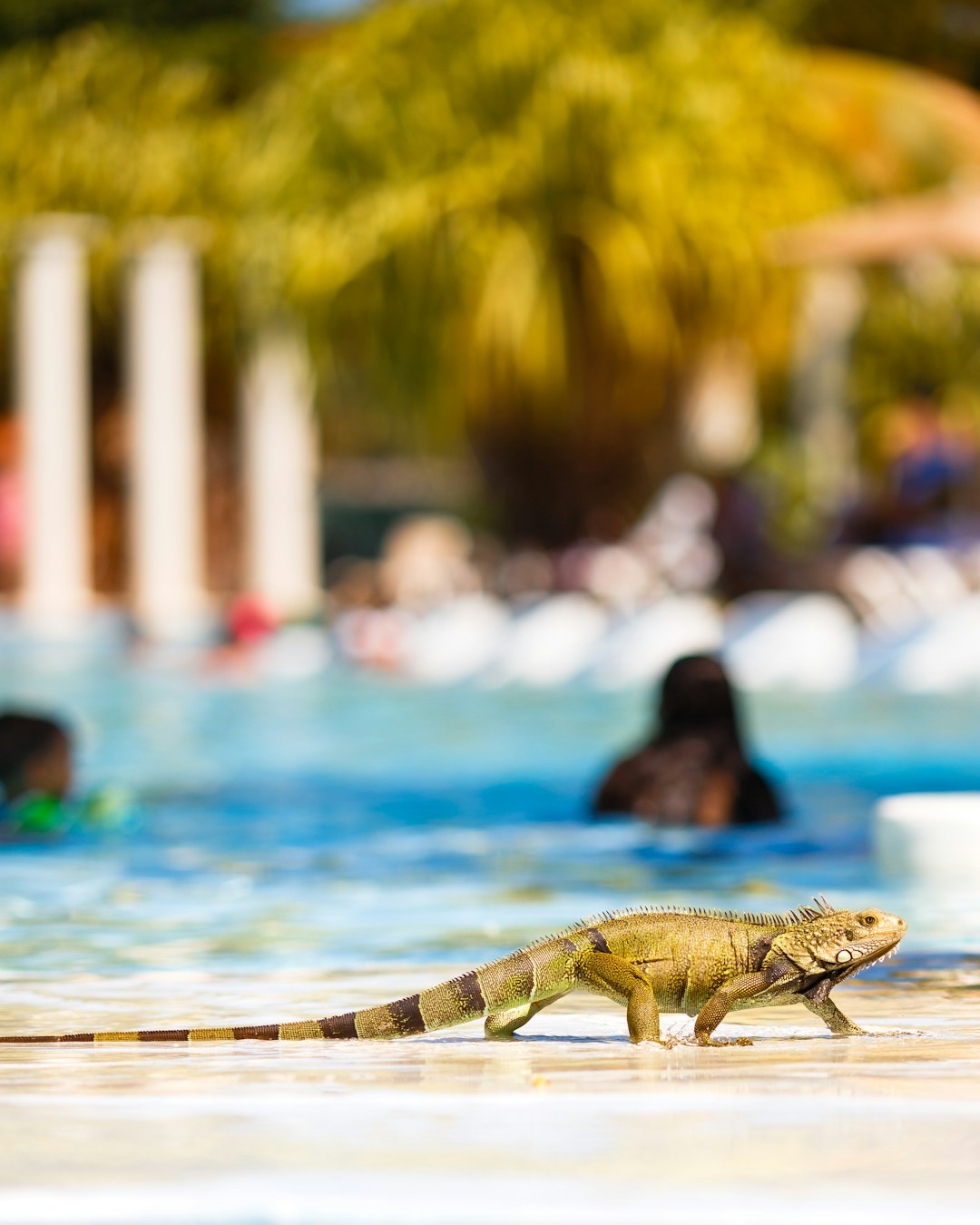
The Dwarika's Hotel Kathmandu
A living museum showcasing traditional Nepalese architecture and culture, The Dw...
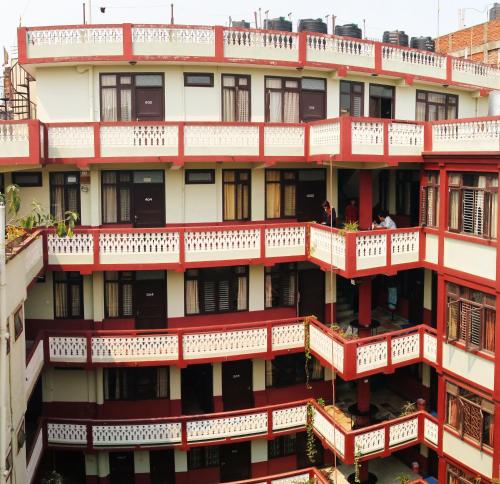
Hotel Yala Peak
A charming boutique hotel in the heart of Thamel offering excellent value for mo...

